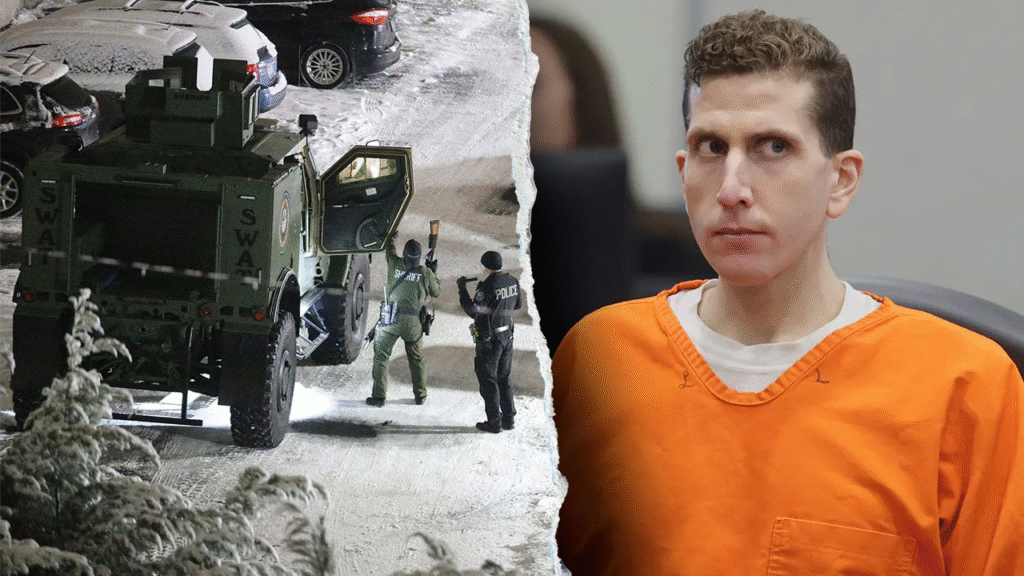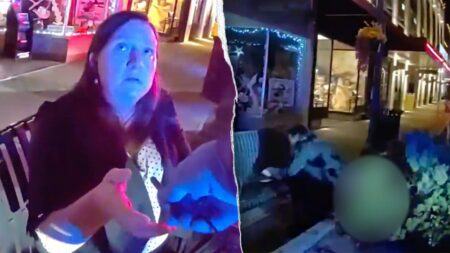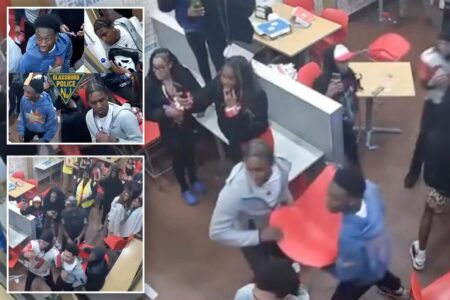NEWYou can now listen to Fox News articles!
Bryan Kohberger wanted to research how small-town police run digital investigations, claiming that they were “undertrained” without realizing a private forensics lab would soon expose his attempts to hide his tracks in the Idaho student murders case, according to his own project proposals, which Idaho State Police released with a public records request.
The professor called him out after he asserted that “local police departments are undertrained,” asking in the margin, “assumption or fact?” — a note that now reads as eerily prophetic.
“Little did he know, in his case, people with decades of experience and training would work his case and find the truth no matter how hard he tried to hide from it,” said Heather and Jared Barnhart, who worked on the case on behalf of Cellebrite, a major digital forensics firm.
IDAHO POLICE RELEASE INVESTIGATION PHOTOS OF KOHBERGER’S CAR AND CRIME SCENE WHERE FOUR STUDENTS DIED
In Kohberger’s case, tenacious local detectives worked alongside state and federal agencies, and private labs like Othram and Cellebrite, to piece together the trail of evidence he thought he’d kept clear.
All of them played a role in identifying him as a mass murderer who killed four University of Idaho students in a 4 a.m. home invasion attack on Nov. 13, 2022.
“It’s interesting to read this proposal specifically calling out digital evidence — knowing what we know now,” the Barnharts said. “As we have noted all along, [Kohberger] knew how to prepare and try to prevent a digital footprint. It was evident he researched digital forensics and ironically, even in all his research, he left a damning digital footprint.”
Although Kohberger took efforts to wipe his computer hard drive and hide his phone data, forensic analysts at Cellebrite were able to piece together a damning chain of events from the evidence that remained.
Read Kohberger’s proposals:
“His specific callout of inculpatory and exculpatory evidence really caught our eye,” the Barnharts told Fox News Digital. “He tried his hardest to create nothing, but ultimately the void he created with his efforts ended up being inculpatory evidence.”
In particular, he shut off his phone during the murders. The Cellebrite team recognized that he shut it off at 100% power, taking away the potential excuse that his battery had died. Then they dug deeper into his digital records.
“If his device was doing normal things and not had a void in data at the exact time when those four precious souls were murdered, his device would have been of little significance in the case,” they told Fox News Digital. “But instead, that void in data screamed, ‘Everybody, look here!’ and helped build a solid case.”
IDAHO POLICE CHIEF REVEALS NEW DETAILS ABOUT BRYAN KOHBERGER STUDENT MURDER INVESTIGATION

Even in the hours before his arrest on Dec. 30, 2022, Kohberger was scouring news coverage of the case, according to the Barnharts.
He searched for the phrases, “wiretap” and “psychopaths paranoid.” He read news articles about the interstate search for a suspect. He looked at the latest press releases from the Moscow Police Department website. And he tried shopping online for a replacement car.
“Training is a critical piece for digital forensic examiners and those who are examining phones must be trained because they must testify in court to the evidence,” the Barnharts added. “Digital forensics is a science that changes quicker than any other kind of science within the criminal justice and training is not only a must to understand the data – but it’s often a core focus in any public safety agency.”
IDAHO MURDER DOCUMENTS REVEAL VICTIM’S STALKING FEARS AND KOHBERGER’S ‘INAPPROPRIATE BEHAVIOR’ AT SCHOOL
He appeared to have no friends’ contacts, and the main people he reached by phone were his parents, whom he referred to as Mother and Father, the Barnharts said. If his mom didn’t answer right away, he would pester his dad about her silence. And according to their analysis, he would have been on the phone with his mom around the time police allege he returned to the crime scene for one last look, five hours after the murders.
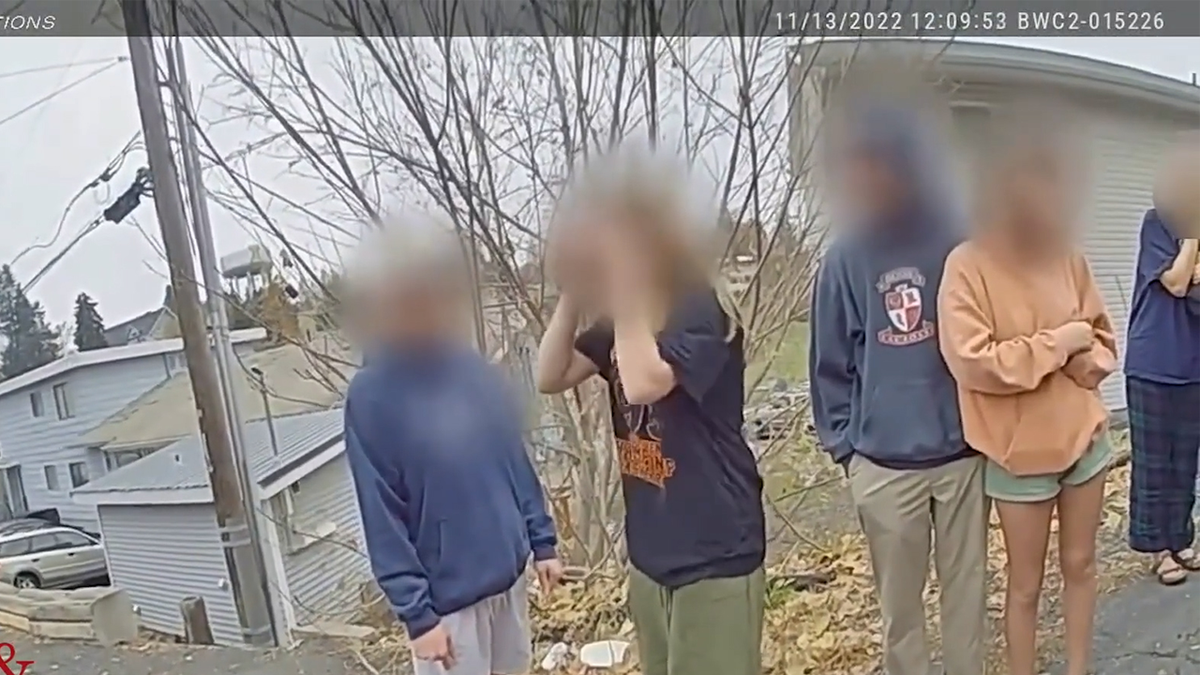
If Kohberger hadn’t pleaded guilty to avoid the death penalty, the Cellebrite team would have been called to testify about how he attempted to hide his movements by powering off his phone with 100% battery while driving to and from the crime scene – which came across as an obvious attempt to try and hide his movements.
“All I can say is, a grad student writing an application for an internship with a police department and making his theme that he is going to instruct them how to do investigations may be the fastest route to the shredder I’ve ever heard,” said Paul Mauro, a retired NYPD inspector and Fox News contributor.
BRYAN KOHBERGER CAUGHT ON CAMERA CALMLY SHOPPING AT STORES HOURS AFTER IDAHO STUDENT MURDERS
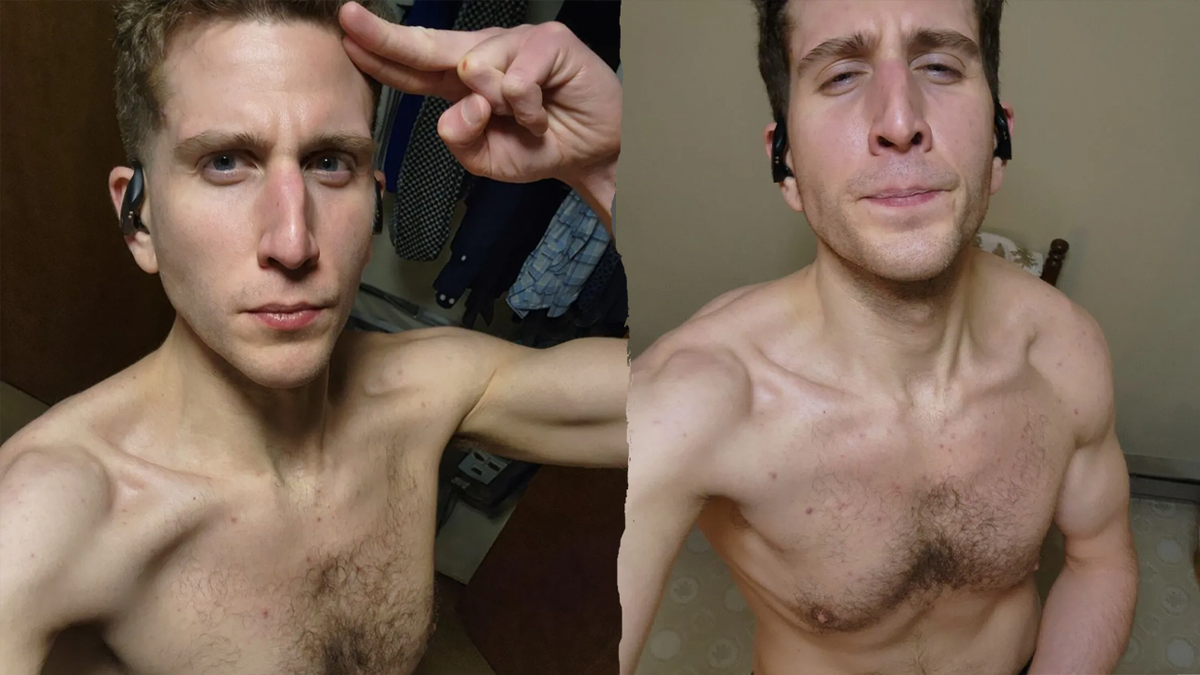
Of the four victims, only 20-year-old Xana Kernodle was awake when she was killed. The others were stabbed in bed, according to prosecutors. They were her boyfriend, Ethan Chapin, also 20, and two roommates, Kaylee Goncalves, 21, and Madison Mogen, 21. Kohberger is serving four consecutive life sentences with no parole, plus another 10 years, for four counts of first-degree murder and one of burglary.
The other topic he pitched for his Ph.D. research would have focused on how burglars weigh risks vs. rewards. He wrote that he planned to interview inmates in person for the project.
“Arrogance is what got him caught,” said Joseph Giacalone, a criminal justice professor at Penn State Lehigh Valley and retired NYPD sergeant. “He thought he was the smartest person in the room and talked a good game. Now, he’ll spend his days thinking about where he went wrong and not about the lives he took of four innocent kids.”
In other essays, he praised progressive prosecutors, condemned the death penalty and asserted that local police had poor training.
SURVEILLANCE VIDEO SHOWS BRYAN KOHBERGER’S CAR ROARING AWAY AFTER IDAHO STUDENT MURDERS
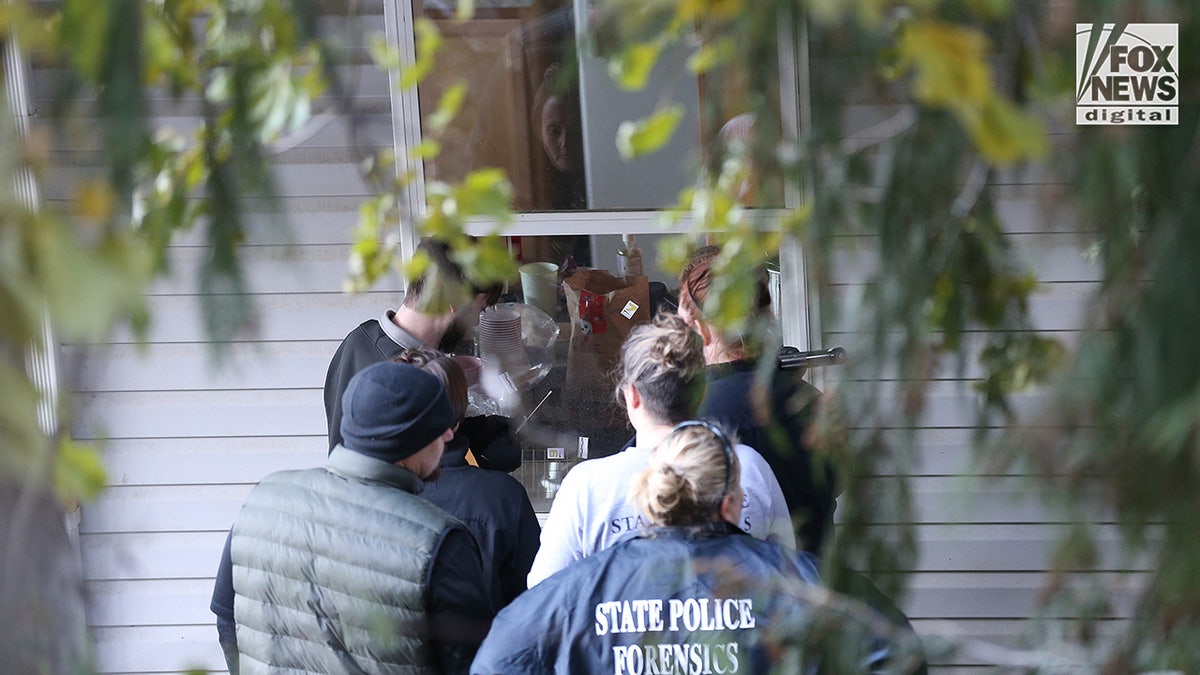
He criticized the concept of plea deals and the death penalty, which he described as “society’s desires for vengeance.” In the same paragraph, he theorized that citizens would turn to vigilante justice if they lost faith in the criminal justice system.
Kohberger is now fighting court-ordered restitution as he serves four consecutive life sentences, plus another 10 years.
He pleaded guilty in July, after prosecutors outmaneuvered all of his defense’s efforts to have the death penalty taken off the table and key evidence thrown out of court before trial, admitting to the murders but giving no explanation or indication of a motive.

“I find it interesting that he wrote about false guilty pleas and what could lead to one which he wrote about, ‘reliance on expert testimony,’” Giacalone said. “His case relied on a lot of potential expert witnesses. According to his findings, experts account for 45% of the false convictions. Then, out of nowhere he takes a plea? It only fueled speculation that there was another reason why he pleaded out that we will never know for sure.”
CLICK HERE TO DOWNLOAD THE FOX NEWS APP
Kohberger waived his right to appeal and to seek future sentence reductions under the terms of the plea deal, which spared him from the potential death penalty. He was not required to explain himself.
He is being held at the Idaho Maximum Security Institution.
Read the full article here





